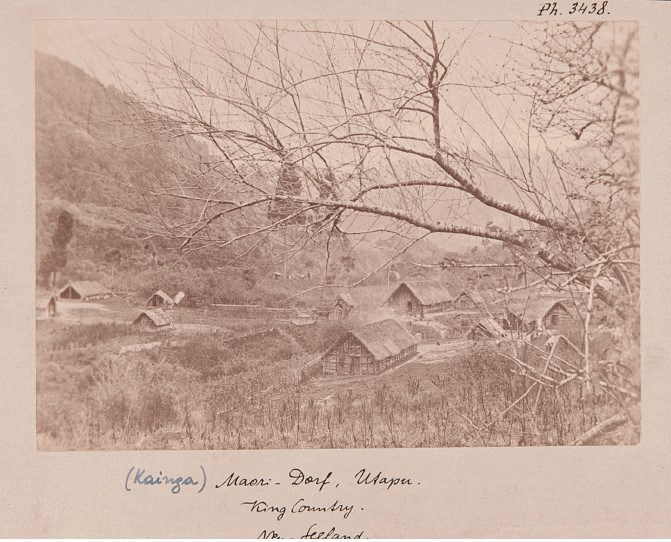
Maori village (kainga) Utapu, King Country (Collection Andreas Reischek). Vienna World Museum, photo 3.438
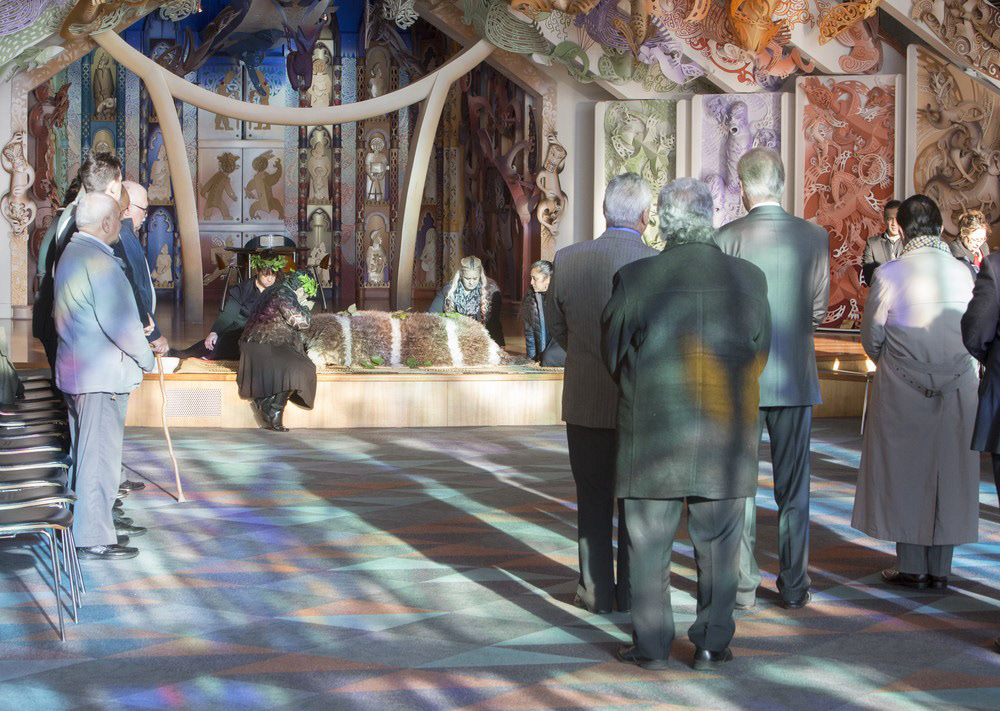
Once the ancestors are placed on the atamira (stage) and covered with the kakahu, a moment of silence is initiated to pay respect to the ancestors and their journey home. Photo by Kate Whitley, May 25, 2015. te Papa
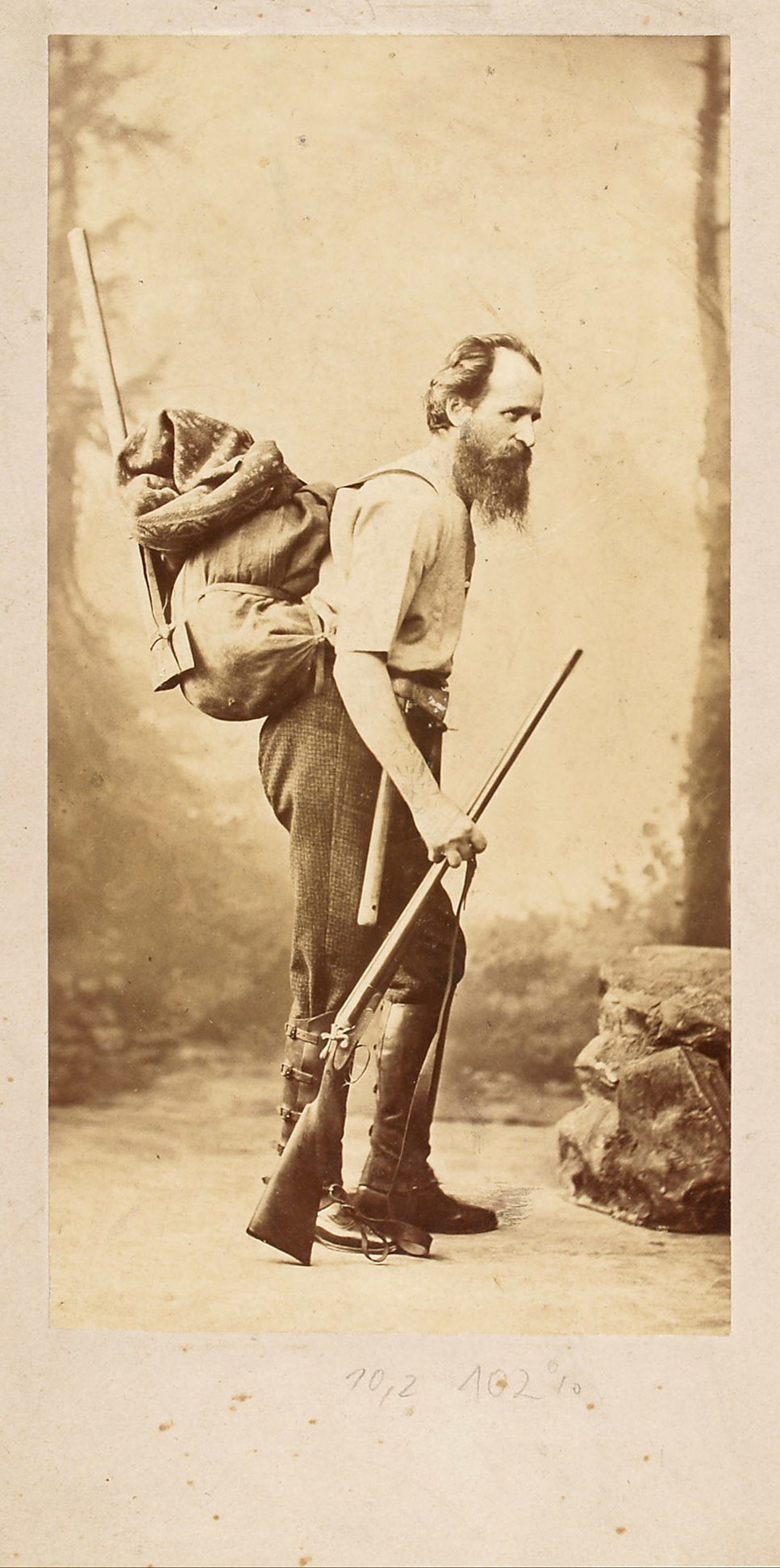
Andreas Reischek with his expedition equipment around 1890. Vienna World Museum, photo 51.564
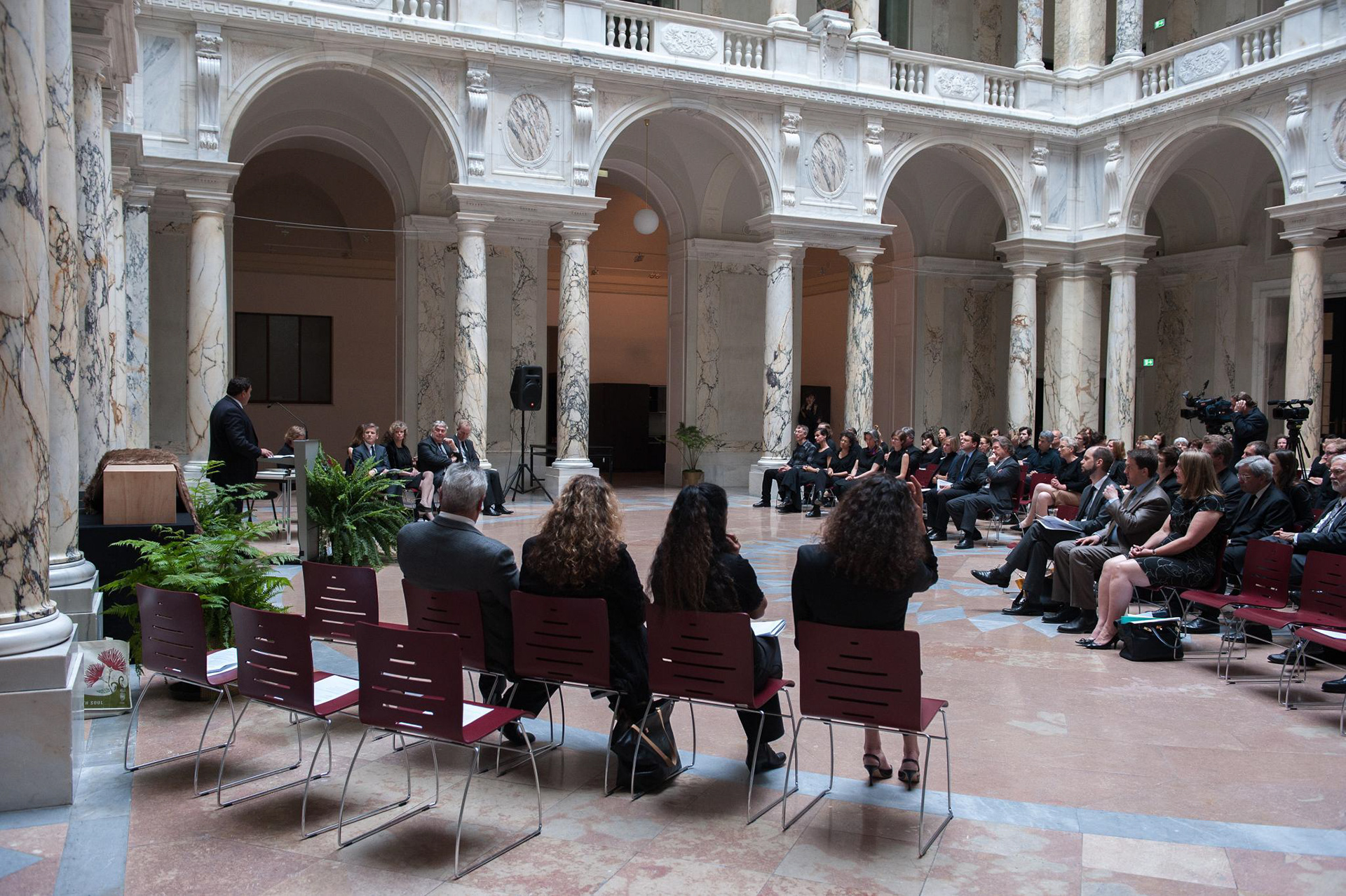
Andreas Reischek with his expedition equipment around 1890. Vienna World Museum, photo 51.564
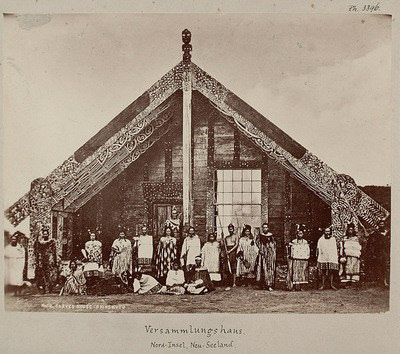
runanga, a meeting house in Ohinemutu, North Island - New Zealand. (Collection Andreas Reischek). Vienna World Museum, photo 3.396
The first inhabitants of New Zealand are the Maori. They are of Polynesian origin and reached the island about 1000 years ago. They called it Aotearoa ("land of the long white cloud"). Between the 17th and 19th centuries, the Maori were displaced from their ancestral settlements and colonised due to the arrival and settlement of Europeans. British colonial rule lasted from 1840 to 1931, and in the 1840 Treaty of Waitangi, the Maori were guaranteed dominion over their land and culture by the British. Nevertheless, their way of life was suppressed by the European system of rule. Their religion was adapted or replaced by Christian missionary work. Due to the thirst for research and knowledge of the Europeans and the fear that the "original peoples" in the "newly discovered" areas would die out, human remains of the Maori were also collected: Bones, skeletons, skulls, mummies and prepared heads, so-called mokomokai or toi moko. Two of these collectors were Andreas Reischek (1845-1902) and Johann Georg Schwarz (1800-1867). Some of their collected objects and Maori human remains also ended up in Austrian museums and collections.
After the Second World War, the Maori tried to recover the human remains of their ancestors, who had been dehumanized and degraded by unlawful removal and deportation. Again and again requests were made and negotiations were conducted, also with both the Austrian authorities and museums. The Te Papa Tongarewa Museum in New Zealand is the coordinating body for formal repatriations between governments and Maori institutions. As a result, many Maori human remains have been successfully repatriated from all parts of the world, which was a step closer to restoring the humanity and dignity of the deceased. In 1985, Austria returned the remains of the Waikato dignitary Tupahau from the then Vienna Museum of Ethnology, now the Vienna World Museum, to the Maori.
In 2015, another repatriation of Maori human remains to New Zealand followed, which were previously in the depots of Weltmuseum Wien. This sublevel of the exhibition informs about this repatriation process and the arrival of the remains in New Zealand, about the collectors and the Maori.
